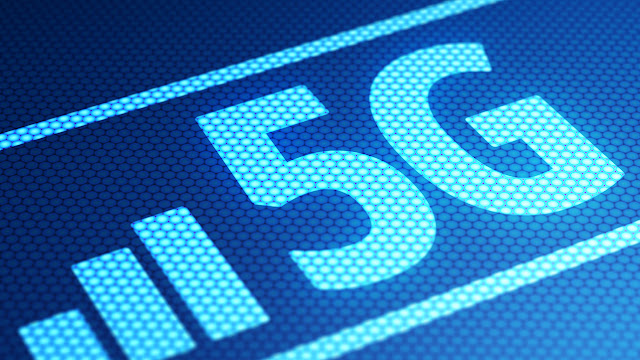For the next mobile broadband: 5G
December 20, 2017
This technology will allow to go beyond telephones and connect other objects, devices and services such as transportation, finances or health.
There is no official availability date. Some speak of 2020 as the year in which this new generation of mobile telephony could start. But other forecasts also indicate that by 2025 there will be 1.4 billion devices connected to this 5G network. And that will only cover a third of the world's population. With 5G not only mobile phones will be connected, but also a lot of objects, devices and services such as cars, finance, health care providers, public services and other sectors. To get a first idea, 5G connections are configured to be approximately three times faster than 4G. Therefore, it is considered that 5G is more than just a generational leap and that it represents an unprecedented transformation without supposing a rupture. That is, 5G is expected to evolve naturally from existing 4G networks, although they will offer instant high power connectivity to billions of devices.
It is insisted that without 5G it will not be possible to realize many of the technologies and services that are currently being discussed. That is to say, smart cities will not be so without these wireless networks, capable of offering a greater bandwidth that allows a transmission and communication of those millions of data that would make them possible. Thus, while we are already beginning to see a great growth in smart devices, the speed and capacity of 5G will allow an even faster arrival of this connected future.
New advances
In addition, 5G networks are also the basis for machines to communicate without human intervention on an Internet of things capable of handling an almost infinite range of services. It will facilitate a safer life, more efficient and profitable transport networks. According to the Next Generation Mobile Network (body responsible for ensuring the creation of mobile standards), 5G will allow a completely mobile and connected society, facilitating the creation of added value in society thanks to sustainable business models.
Typical uses of 5G include access to high-capacity, high-performance broadband in urban areas with a high concentration of population, greater user mobility, the Internet of Things, extreme real-time communication and ultra-reliable communication. In addition, 5G will be the basis for countless new uses thanks to an emerging variety of applications. For example, delay-sensitive video applications, high-speed vehicle entertainment applications and on-demand mobility services for connected objects. There will also be new services enabled in the area of health and safety with extreme requirements in terms of system reliability. Future services will be delivered in a completely heterogeneous environment and a wide range of devices, such as smartphones, wearables and Communication Type Machine.
Advantages and disadvantages
The 5G technology will be significantly faster than 4G, allowing greater productivity in all capable devices with a theoretical download speed of 10,000 Mbps. In addition, with higher bandwidth faster download speeds and the ability to run Mobile Internet applications that are much more complex.
However, it will cost more to develop and implement 5G and, again, we will see that not all terminals are compatible with these new generation networks, running the risk of becoming outdated. In addition, some believe that the arrival of 5G in the wireless spectrum could put us at risk of overloading the frequency range. And, above all, one of the main obstacles is that a formal standard for 5G has not yet been established, which is holding back the investments of some operators.






0 comments